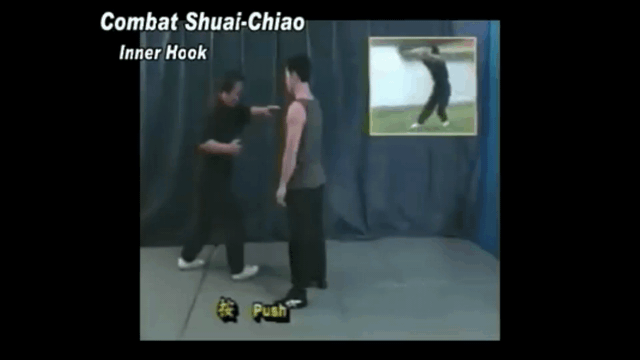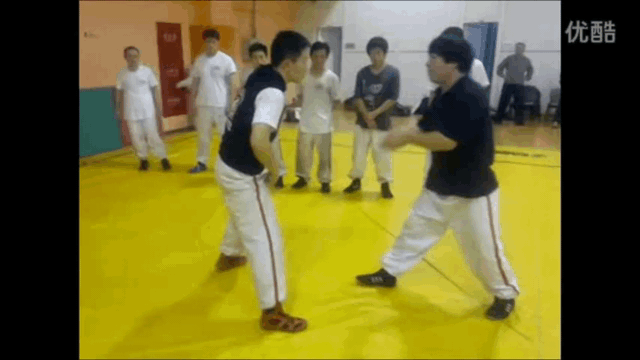Regarding the idea of techniques being hidden in an art instead of being "handed on a silver platter", I personally think that hiding techniques from students is a horrible way of training.
You and I agree there, 100%. Those techniques were never meant to be hidden. That is specifically why Funakoshi actually taught those applications. He even wrote books explaining those applications. Even his students taught those applications. However, history happened.
The Karate that we know today, was initially learned by a bunch of American GIs, in 1 or 2 years while they occupied a defeated Japan. Between the lack of actual time to study, the language barrier and the fact that the Japanese teachers may not have wanted to transmit the information to the occupying troops... the students brought back what they thought they learned and filled in the blanks as best they could. Low block must block low attack, kick is low attack, therefore low block, blocks kick. Nevermind that the word used for "block" is also the word used for "guy that gets thrown." We now know that a better interpretation of that word would be "to receive."
Now, we have many people, who go back to learn what was originally taught. And we have others that absolutely refuse to go back and learn what was taught. However, this part of the searching was never intended when creating the art or the method of transmission for that art. It is an artifact of the history, in how the art came to the states, and who actually brought it over. It doesn't help when we elevate the instructor up on some high pedestal, believing that they are all knowing, all wise and all powerful. They are just people doing their best. Some are doing their best to study the art... some are doing their best to get a lot of money... some want fame...
The way the Japanese taught many of their arts, was the Shu-Ha-Ri method. Why would they do that? Because they already used that method to pass on many other skills successfully. The tea ceremonies and calligraphy to name a few. This was a well understood method to them. Why don't the Americans understand it? See above, they only trained a year or two in a foreign land that they didn't really understand. Then they came back here and did their best... but still got a lot wrong.
That Shu-Ha-Ri method is really not that different than the way I was taught Geometry in high school. The teacher taught some axioms and some theorems, many of which we memorized word for word. He then showed on the board how to prove the theorems and how to use the theorems to write proofs. He would show a few examples and walk through them. Then we had homework... where we had to use the same axioms and theorems ourselves, in problems very similar to the ones shown in class. However, as a student, I had to learn how to use the theorems differently than had been done on the board, when I was copying. The next day, the teacher would go over the homework, to see how we had adapted what we had copied. He would correct when we went the wrong way. Many times people would get a correct proof, but took a few extra steps to do it, again the teacher would help the student to find a more efficient way. Then came the test, after many days of homework and study. These problems were many times harder and more removed from the examples we had copied. But, if the student had a good understanding of the core principles, he could then, during the test, use those core ideas in new ways to successfully answer the questions, writing correct proofs. This is the Shu and the Ha. When the student then tries to use the ideas outside of the classroom environment... in the work place, or a home project, it starts to move to the Ri stage.
This method works so well, that they use it for algrebra, geometry, trig, calculus, statistics, physics,.... I have never had a math or physics teacher tell me not to dig deeper into what they were teaching, nor have I had one that expected me to believe that they were the end all and be all of math.




